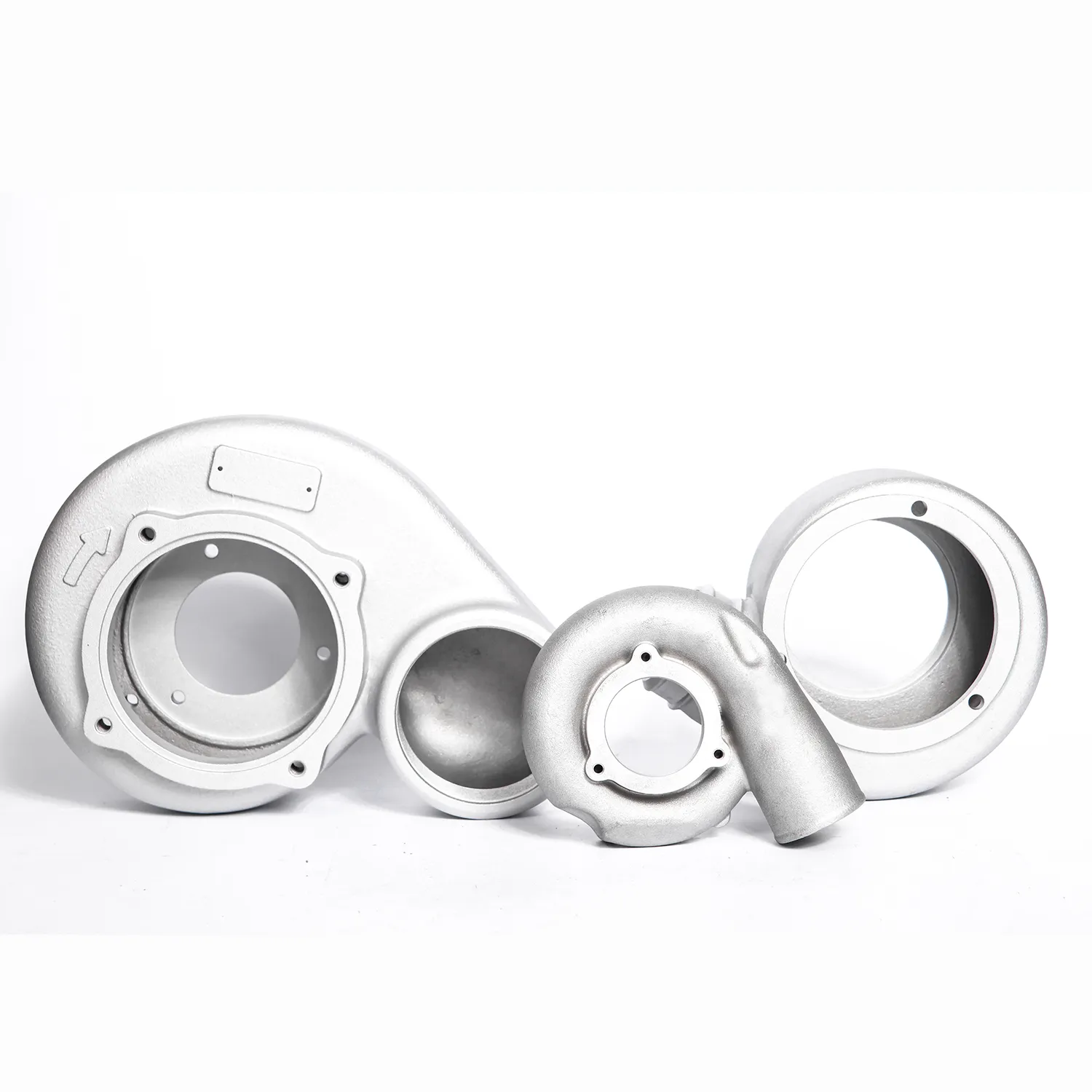Mobile:+86-311-808-126-83
Email:info@ydcastings.com
Design and Analysis of Impeller Diffuser Pumps for Enhanced Fluid Dynamics Performance
Understanding Impeller and Diffuser Pumps
In the world of hydraulic engineering, pumps play a crucial role in facilitating fluid movement across various applications. Among the numerous types of pumps, impeller and diffuser pumps stand out for their efficiency and versatility. This article delves into the function, design, and application of these two integral components in modern pumping systems.
The Role of the Impeller
The impeller is the rotating component of a pump, responsible for transferring energy from the motor to the fluid. Typically made of materials like bronze, stainless steel, or various polymers, impellers operate by increasing the fluid's velocity as it is drawn into the pump. This kinetic energy is crucial for various applications, including water supply, irrigation, and industrial processes. The design of the impeller can significantly affect the pump's efficiency and performance. For example, a closed impeller, which has cover plates on both sides, tends to be more efficient than an open impeller, as it minimizes fluid recirculation and turbulence.
The Function of the Diffuser
On the other hand, the diffuser plays a vital role in converting the kinetic energy generated by the impeller into pressure energy. As the fluid exits the impeller, it enters the diffuser, an assembly of stationary vanes that slows the fluid down, thereby increasing its pressure. The shape and design of the diffuser are pivotal for achieving optimal performance; a well-designed diffuser can enhance the efficiency of the pumping system by minimizing losses and ensuring smooth flow.
impeller diffuser pump

The Synergy Between Impeller and Diffuser
The interaction between the impeller and the diffuser is a key factor in the efficiency of the pump. The dynamics of fluid flow through these components influence the entire pumping process. When properly designed, the impeller and diffuser work together seamlessly, providing a steady, high-pressure output suitable for various applications. Engineers often optimize these components through computational fluid dynamics (CFD) simulations, which help in understanding how changes in design can affect performance and energy consumption.
Applications of Impeller and Diffuser Pumps
Impeller and diffuser pumps are commonly used in a wide range of applications. In municipal water systems, these pumps are essential for moving water from treatment plants to homes. In industrial settings, they are employed to transport chemicals, wastewater, and other fluids. Additionally, in the agricultural sector, these pumps play a significant role in irrigation systems, ensuring that crops receive adequate water supplies.
Conclusion
In summary, impeller and diffuser pumps are vital components in the realm of fluid dynamics. Their design and interaction significantly influence the efficiency and effectiveness of pumping systems. As industries continue to evolve, the importance of these pumps will only grow, prompting ongoing research and development to optimize their performance for future challenges. Understanding the intricacies of impeller and diffuser pumps is therefore essential for engineers, designers, and manufacturers aiming to harness their full potential in innovative applications.
-
Why Should You Invest in Superior Pump Castings for Your Equipment?NewsJun.09,2025
-
Unlock Performance Potential with Stainless Impellers and Aluminum End CapsNewsJun.09,2025
-
Revolutionize Your Machinery with Superior Cast Iron and Aluminum ComponentsNewsJun.09,2025
-
Revolutionize Fluid Dynamics with Premium Pump ComponentsNewsJun.09,2025
-
Optimizing Industrial Systems with Essential Valve ComponentsNewsJun.09,2025
-
Elevate Grid Efficiency with High-Precision Power CastingsNewsJun.09,2025











